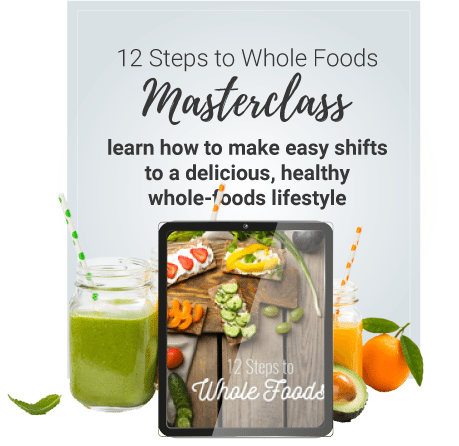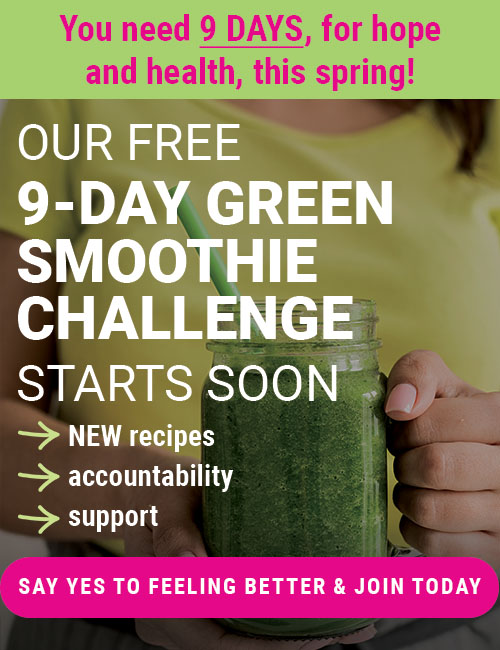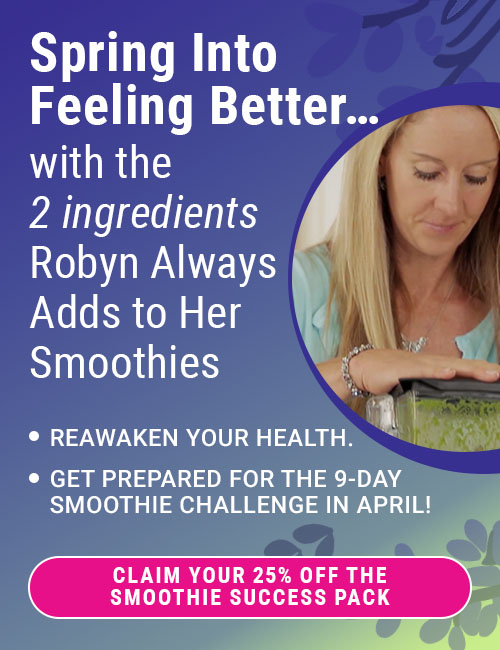Will Drinking Store-Bought Kombucha Heal My Gut?
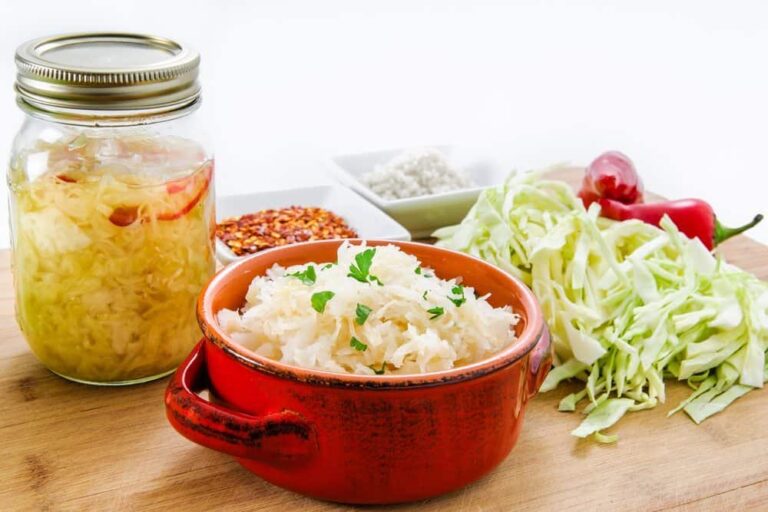
The short answer: I really don’t think so. I’ll explain.
I do like the trend in health food stores of offering raw, fermented food products. I don’t love the price tag.
A small package of raw sauerkraut costs, literally, 30 times what I spend making mine. I have some 8-year-old RAW sauerkraut in my food storage. No canning. No freezing, not even any refrigeration. It’s still good! I served it at TWO 12 Steps to Whole Foods classes of 50–80 people each. (And everyone lived.)
In this article:
Cultured Foods Are GREAT for Your Gut!
Frankly, homemade, raw, cultured (also called “fermented”) food products are your best insurance against immune system deficiencies and your best promoter of gut health, which are, by the way, the same thing.
Eighty percent of your immune system is in your gut—or it’s supposed to be. You’re supposed to have 10 times more healthy bacteria in your gut than you have bad bacteria. Most people have the opposite! This imbalance leaves us wide open to bacterial and viral infections.
“Bad” microbes can be staph, strep, candida, and many other organisms that our current medical model sees as bad guys we need to kill. The problem, of course, is the collateral damage. When we use an antibiotic, we nuke the good guys, too. Those good guys keep the bad guys in check! We all have “bad” microbes in our bodies, every day, permanently. The problem is when they get out of balance and begin to take over.
[Related: What to Do After You've Taken Antibiotics]
I don’t know that I trust commercially prepared cultured-food products. Not only are they exorbitantly expensive—whereas homemade cultured foods are incredibly cheap to make and easy, too—but the very environment and process of manufacturing food products seem counterproductive to really having a wide variety of probiotic organisms make it through the supply chain.
What About Kombucha?
Back to kombucha. I know Synergy kombucha was not only very controversial (due to a too-high alcohol content) and removed from stores for a while, but also popular. (Well, yeah. Alcohol. And a heck of a lot of sugar. What’s not to like?) I read that Synergy kombucha was the #1 selling item at Whole Foods Market!
Very frankly, I think store-bought kombucha is a lot of hype.
Are there living organisms in it? The manufacturer claims so on the label. However, they also claim that the sugars are “consumed” by the living organisms in the kombucha “scoby.” (That’s the “mother”—a teeming mass of healthy probiotic organisms that “ferment” the sugary water.) So if it eats all the sugars, then I have just this question:
Why is it so sweet?
Commercial kombucha tastes like soda. Period. It’s a carbonated sugary drink….that may (or may not) possibly have one health benefit. It makes me nervous. I don’t drink it. But I do teach you to make your own in 12 Steps to Whole Foods—the chapter on how to make cultured foods of all types from all over the world.
The Better Choice? Cultured Veggies
I like cultured veggies better. In honor of the gardening you may be doing, harvest your cabbages, or buy them in season, and spend an afternoon “putting up” raw, probiotic-rich foods. This is totally worth your time and effort.
Don’t eat it until late Fall or early Winter, and see if it helps you weather the season without getting sick! That’s the effect that eating cultured foods had for my family. Enjoy this Rejuvelac video I made a few years ago—the EASIEST and CHEAPEST healthy habit of all.
How To Make Raw Sauerkraut
Here’s my raw Sauerkraut recipe, adapted from Sally Fallon’s (with her permission).
Ingredients
- 8 cups shredded cabbage, or 6 cups shredded cabbage and 2 cups shredded carrots
- 2 cups distilled water
- ¼ cup whey (white/yellow clear liquid from making your own yogurt) OR 1 pkg. vegetable culture starter
- 4 tsp. Original Crystal Himalayan Salt
- optionally, add a bit of dill weed, cumin seeds, mustard seeds, oregano, or red pepper flakes.
Directions
- In a large plastic bowl, pound cabbage with a wooden pounder for several minutes to release its juices.
- Mix salt, whey, and any seasonings into water, then pour over cabbage. Mix well.
- Pack the cabbage tightly into two wide-mouth quart canning jars and add enough liquid to cover, leaving 1 inch of space at the top of the jar.
- Cover the jars tightly. Keep at room temperature for a few days, and then place in cold storage.
Lids do not need to be new and bottles will not “seal” like in traditional canning. You can eat sauerkraut at that point, but it’s best after six months when the fermentation has softened the shredded cabbage. Do not open the jars until you are ready to eat the contents, as lacto-fermentation is anaerobic and is interrupted by the introduction of oxygen. You can refrigerate for a few months, however, after opened.
Read Next: Is Buying Organic Food Always Necessary?

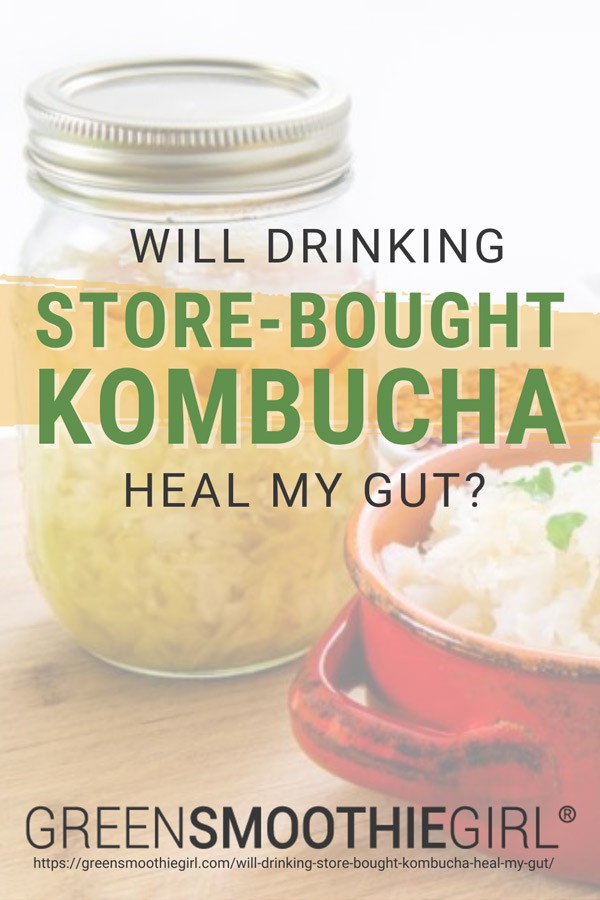
Disclosure: This post may contain affiliate links that help support the GSG mission without costing you extra. I recommend only companies and products that I use myself.
Posted in: 12 Steps To Whole Food, Gardening, Whole Food



